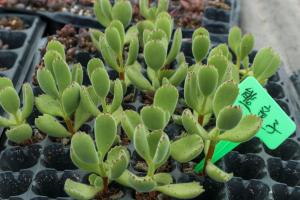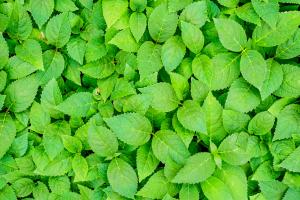1、 Breeding method
1. Sowing and propagation: Begonia can be propagated by sowing. As long as the seeds are mature and the environment is suitable, the emergence rate can reach about 70%. Prepare soft and fertile soil, sprinkle seeds on it, cover it with a layer of fine soil, pour a little water and wait for germination. After germination, seedlings can be separated and strong seedlings can be left

2. Cutting propagation: cutting is a common propagation method of Begonia. Its leaves are relatively large and have strong regeneration ability. It is easy to grow adventitious roots after cutting the leaf veins. Usually, clean river sand is used as the substrate, the back of the leaf is engraved, and then it is paved on the sand face up, and the petiole can be inserted into it. After cutting, press it with glass, do not cover it completely, and reserve a little gap. Usually, callus will be formed in 20 days, new roots and leaves will grow in 35 days, and then ventilation will be maintained

3. Ramet propagation: Begonia can also reproduce by ramet method. It is usually carried out in combination with changing pots. After taking out the plants from the flowerpot, divide them into several clusters, and then plant them separately. After putting into the basin, put it in the semi shade first, water it properly, wait for the basin, and then carry out normal maintenance after the growth is restored
2、 Can leaves reproduce

The leaves of Begonia can reproduce. Its leaf regeneration ability is very strong. Cutting can stimulate it to grow adventitious roots and buds, which can be used for cutting to grow new plants

 how many times do yo...
how many times do yo... how many planted tre...
how many planted tre... how many pine trees ...
how many pine trees ... how many pecan trees...
how many pecan trees... how many plants comp...
how many plants comp... how many plants can ...
how many plants can ... how many plants and ...
how many plants and ... how many pepper plan...
how many pepper plan...






























